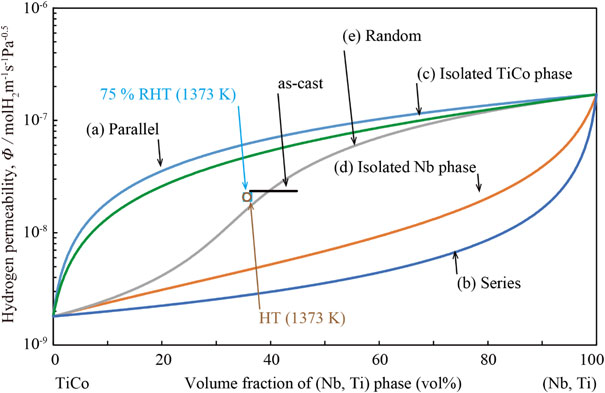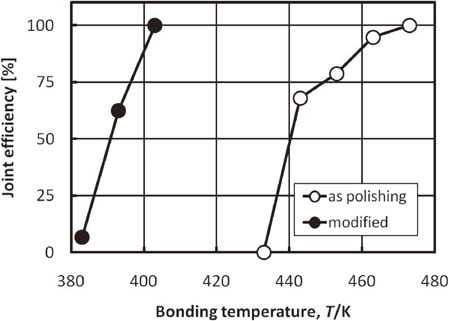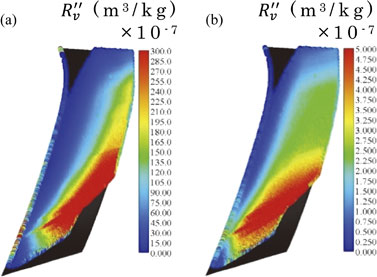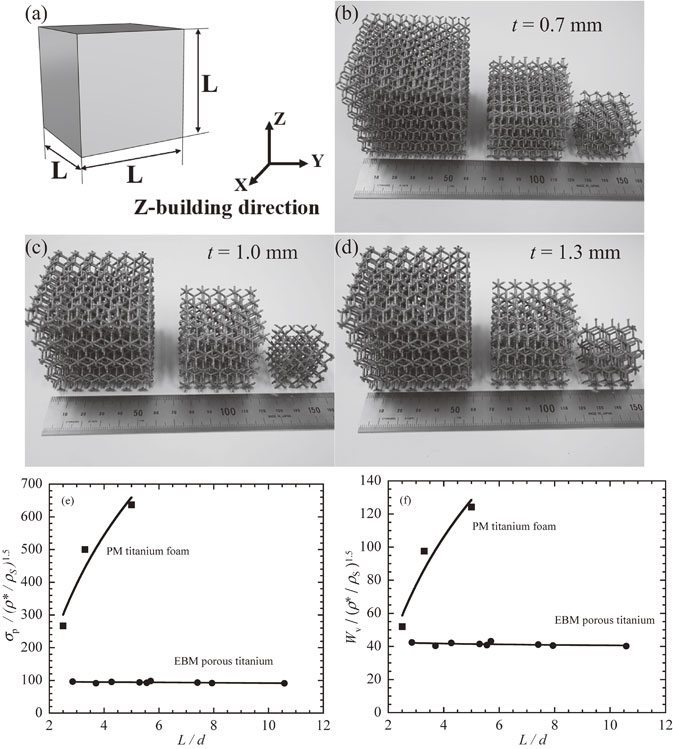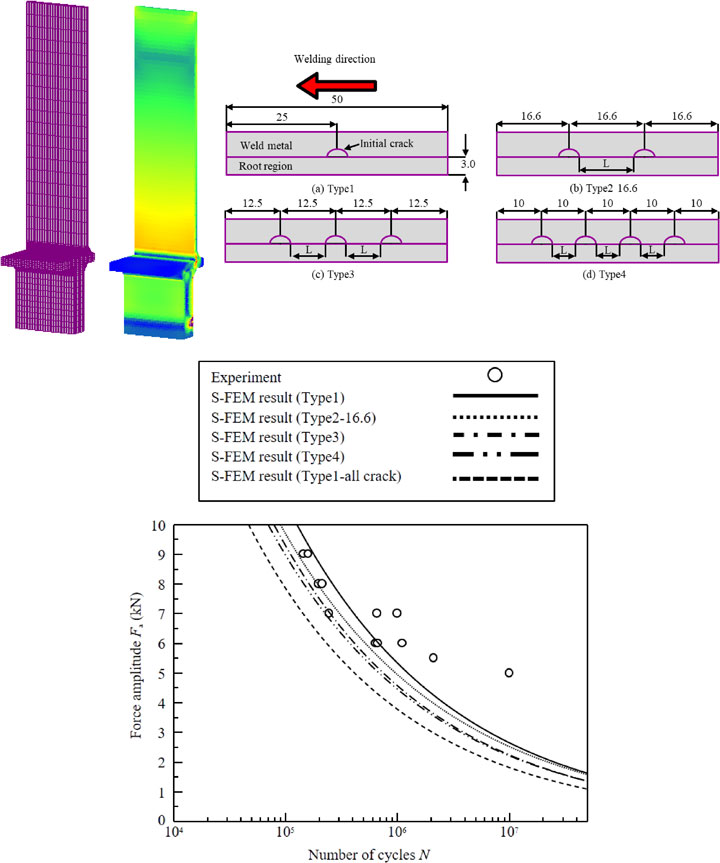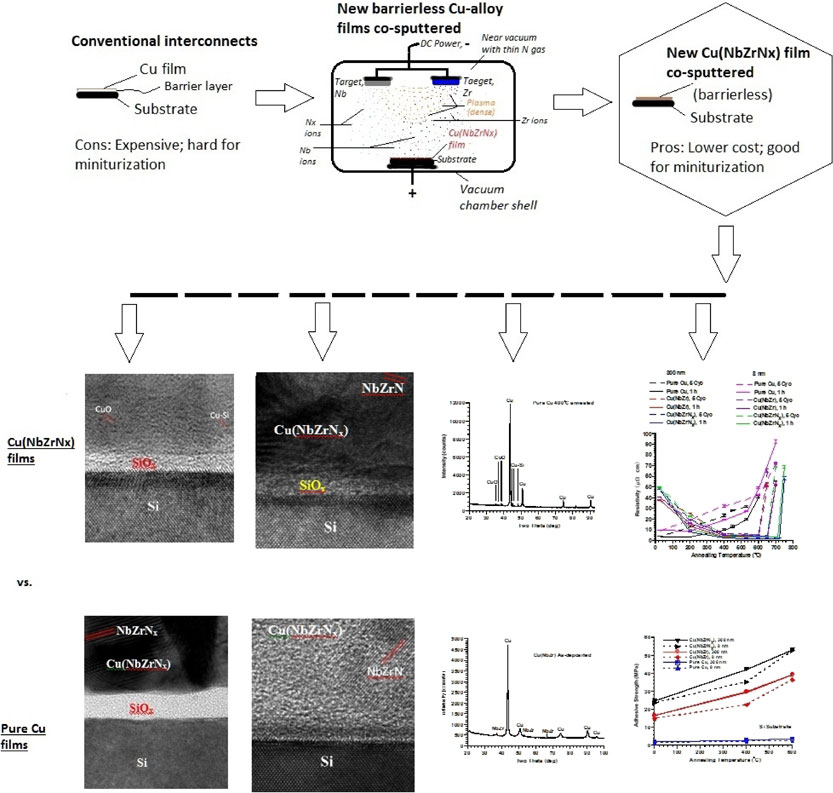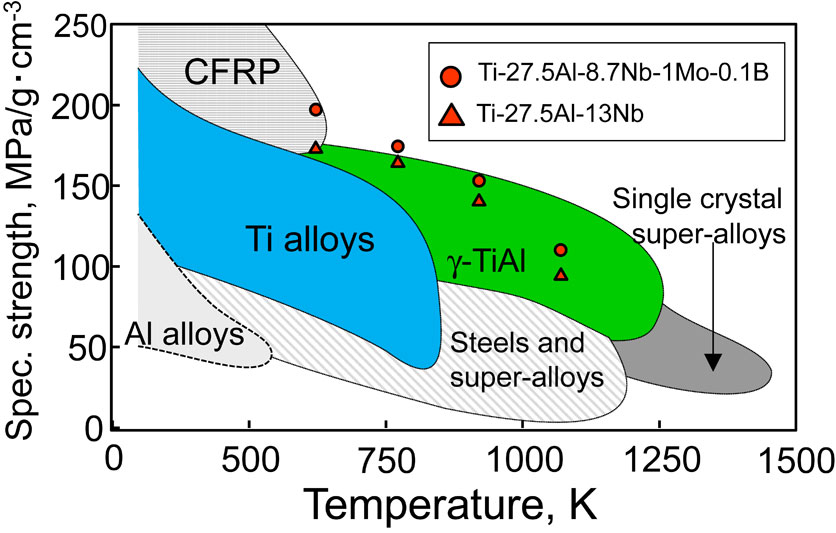63 巻, 7 号
選択された号の論文の17件中1~17を表示しています
- |<
- <
- 1
- >
- >|
Regular Article
Microstructure of Materials
-
原稿種別: Regular Article
2022 年63 巻7 号 p. 975-980
発行日: 2022/07/01
公開日: 2022/06/25
[早期公開] 公開日: 2022/05/20PDF形式でダウンロード (2400K) HTML形式で全画面表示 -
原稿種別: Regular Article
2022 年63 巻7 号 p. 981-986
発行日: 2022/07/01
公開日: 2022/06/25
PDF形式でダウンロード (3629K) HTML形式で全画面表示 -
原稿種別: Regular Article
2022 年63 巻7 号 p. 987-992
発行日: 2022/07/01
公開日: 2022/06/25
[早期公開] 公開日: 2022/06/03PDF形式でダウンロード (3769K) HTML形式で全画面表示
Mechanics of Materials
-
原稿種別: Regular Article
2022 年63 巻7 号 p. 993-1000
発行日: 2022/07/01
公開日: 2022/06/25
[早期公開] 公開日: 2022/05/20PDF形式でダウンロード (3976K) HTML形式で全画面表示 -
原稿種別: Regular Article
2022 年63 巻7 号 p. 1001-1005
発行日: 2022/07/01
公開日: 2022/06/25
[早期公開] 公開日: 2022/05/20PDF形式でダウンロード (2031K) HTML形式で全画面表示 -
原稿種別: Regular Article
2022 年63 巻7 号 p. 1006-1012
発行日: 2022/07/01
公開日: 2022/06/25
PDF形式でダウンロード (4129K) HTML形式で全画面表示 -
原稿種別: Regular Article
2022 年63 巻7 号 p. 1013-1020
発行日: 2022/07/01
公開日: 2022/06/25
PDF形式でダウンロード (4584K) HTML形式で全画面表示 -
原稿種別: Regular Article
2022 年63 巻7 号 p. 1021-1027
発行日: 2022/07/01
公開日: 2022/06/25
PDF形式でダウンロード (6300K) HTML形式で全画面表示 -
原稿種別: Regular Article
2022 年63 巻7 号 p. 1028-1036
発行日: 2022/07/01
公開日: 2022/06/25
PDF形式でダウンロード (7736K) HTML形式で全画面表示 -
原稿種別: Regular Article
2022 年63 巻7 号 p. 1037-1045
発行日: 2022/07/01
公開日: 2022/06/25
PDF形式でダウンロード (2527K) HTML形式で全画面表示 -
原稿種別: Regular Article
2022 年63 巻7 号 p. 1046-1054
発行日: 2022/07/01
公開日: 2022/06/25
[早期公開] 公開日: 2022/06/03PDF形式でダウンロード (7782K) HTML形式で全画面表示 -
原稿種別: Regular Article
2022 年63 巻7 号 p. 1055-1064
発行日: 2022/07/01
公開日: 2022/06/25
PDF形式でダウンロード (3547K) HTML形式で全画面表示
Materials Chemistry
-
原稿種別: Regular Article
2022 年63 巻7 号 p. 1065-1071
発行日: 2022/07/01
公開日: 2022/06/25
[早期公開] 公開日: 2022/05/13PDF形式でダウンロード (2703K) HTML形式で全画面表示 -
原稿種別: Regular Article
2022 年63 巻7 号 p. 1072-1079
発行日: 2022/07/01
公開日: 2022/06/25
[早期公開] 公開日: 2022/06/03PDF形式でダウンロード (4329K) HTML形式で全画面表示
Engineering Materials and Their Applications
-
原稿種別: Regular Article
2022 年63 巻7 号 p. 1080-1086
発行日: 2022/07/01
公開日: 2022/06/25
PDF形式でダウンロード (2734K) HTML形式で全画面表示 -
原稿種別: Regular Article
2022 年63 巻7 号 p. 1087-1096
発行日: 2022/07/01
公開日: 2022/06/25
PDF形式でダウンロード (8013K) HTML形式で全画面表示 -
原稿種別: Regular Article
2022 年63 巻7 号 p. 1097-1100
発行日: 2022/07/01
公開日: 2022/06/25
PDF形式でダウンロード (1913K) HTML形式で全画面表示
- |<
- <
- 1
- >
- >|


